Elaborate experimentation yields open-source virtual specimens
Cleveland Clinic is a non-profit academic medical center. Advertising on our site helps support our mission. We do not endorse non-Cleveland Clinic products or services. Policy
The Open Knee(s) project, a free, downloadable, 3-D biomechanical representation of the knee, has the potential to answer knee specialists’ trickiest clinical questions, such as:
Open Knee(s)’ goal is to provide an open, freely available and collaborative development, testing, simulation and dissemination platform for in silico exploration of the biomechanics of healthy and diseased knees. Our mission, through this holistic approach to biomechanical modeling and simulation, is to advance orthopaedic science and support clinical decision-making. We like to call Open Knee(s) the democratization of modeling and simulation in biomechanics.
Open Knee(s) – Generation 1, our pilot, was launched in 2010 and clearly demonstrated that people will use the models. Generation 2 launched in 2013, and when complete, will offer much higher fidelity as a result of far more detailed analysis of additional specimens.

Cadaveric specimen in preparation for joint testing.
In Generation 2, each of our eight cadaveric specimens will have its own specific virtual replica. These virtual models, which include healthy and diseased/osteoarthritic knee joints representing different genders and ages, have been created through analysis of specimen-specific anatomical imaging, and joint- and tissue-level experimental mechanics. We put each cadaveric joint through a battery of robotic tests to quantify joint movement under known loads, where both tibiofemoral and patellofemoral joints’ mechanics can be characterized fully. Magnetic resonance imaging allows us to reconstruct overall joint geometry and individual tissue boundaries. Tissue mechanical testing – on 30 tissues samples from each knee – provides information on material properties. This elaborate data set will help us assemble and validate very accurate in silico representations of the knee.
We are the only group attempting to acquire both joint mechanics data and tissue properties from the same specimen. Anatomical imaging and joint mechanics testing for all specimens are already publicly disseminated on the project site. Tissue mechanical testing and development of models are in progress. Publication of Generation 2 data and models and dependable virtual representations for both tibiofemoral and patellofemoral joints will be available soon.
To date, Open Knee(s) has been downloaded 6,555 times and has supported 37 peer-reviewed articles, abstracts and theses worldwide. Soon to be cloud-based, the Open Knee(s)’ open-source environment encourages scientifically and clinically oriented use as well as educational endeavors for those simply curious about knee mechanics.
Developed by researchers in Cleveland Clinic’s Computational Biomodeling (CoBi) Core lab, Open Knee(s) is funded through a $2 million grant from the NIH’s National Institute of General Medical Sciences. Collaborators include researchers from Case Western Reserve University (Cleveland), Stanford University, University of Utah, Cleveland Clinic Lerner Research Institute and elsewhere. An advisory board of expert physicians oversees our work.
We are continuing collection of tissue-level data and development of models. Tissue samples from specimens are frozen for future scientific needs, clinical exploration, injury simulations or even device design. We plan to launch a cloud computing framework in the upcoming year and develop simulations of common disease states, including osteoarthritis, meniscal deficiency and conditions influenced by ligament mechanics.
Open Knee(s) is creating dependable, reusable, publicly accessible and sharable virtual knee models that are faithful to specimen-specific anatomy and mechanics for use by researchers worldwide. We hope this effort helps speed the translation of innovation into intervention and improves clinical care in a cost-effective way.
We welcome your use of our models, your feedback and your participation.
To learn more about Open Knee(s), download models or contribute to development, visit the project website.
Funding for Open Knee(s) is provided by the National Institute of General Medical Sciences (NIH) (award number R01GM104139).
Learn more about Dr. Erdemir’s lab.
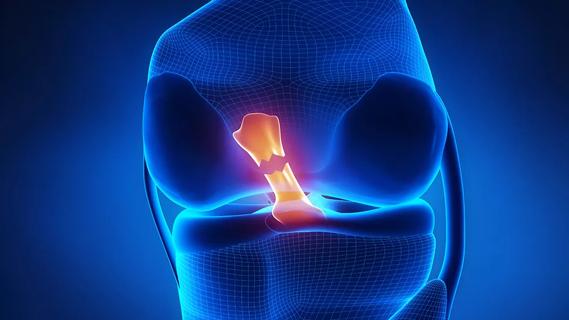
Study reports zero infections in nearly 300 patients
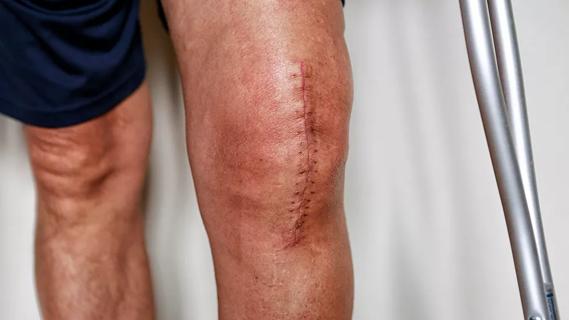
How to diagnose and treat crystalline arthropathy after knee replacement
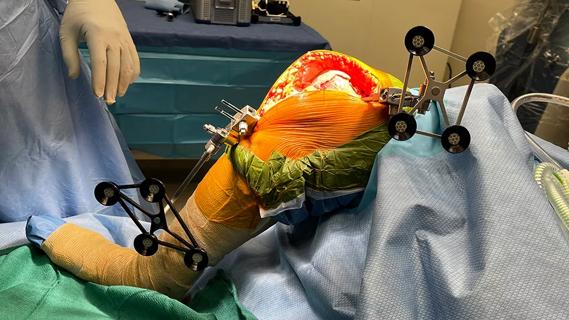
Study finds that fracture and infection are rare

Reduced narcotic use is the latest on the list of robotic surgery advantages

Cleveland Clinic orthopaedic surgeons share their best tips, most challenging cases and biggest misperceptions

How it actually compares to posterior and lateral approaches
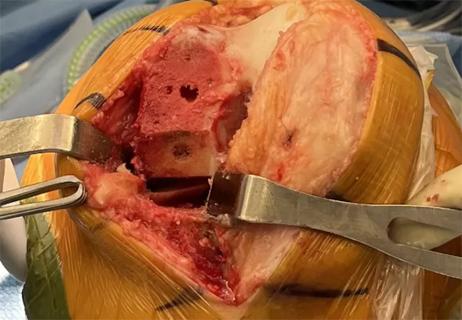
When procedure is performed by high-volume surgeons, outcomes are comparable to total knee replacement
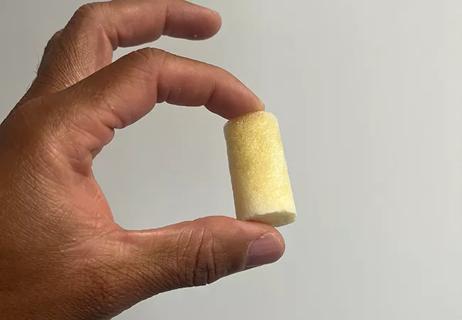
Clot substitute helps rejoin the stumps of a torn ligament